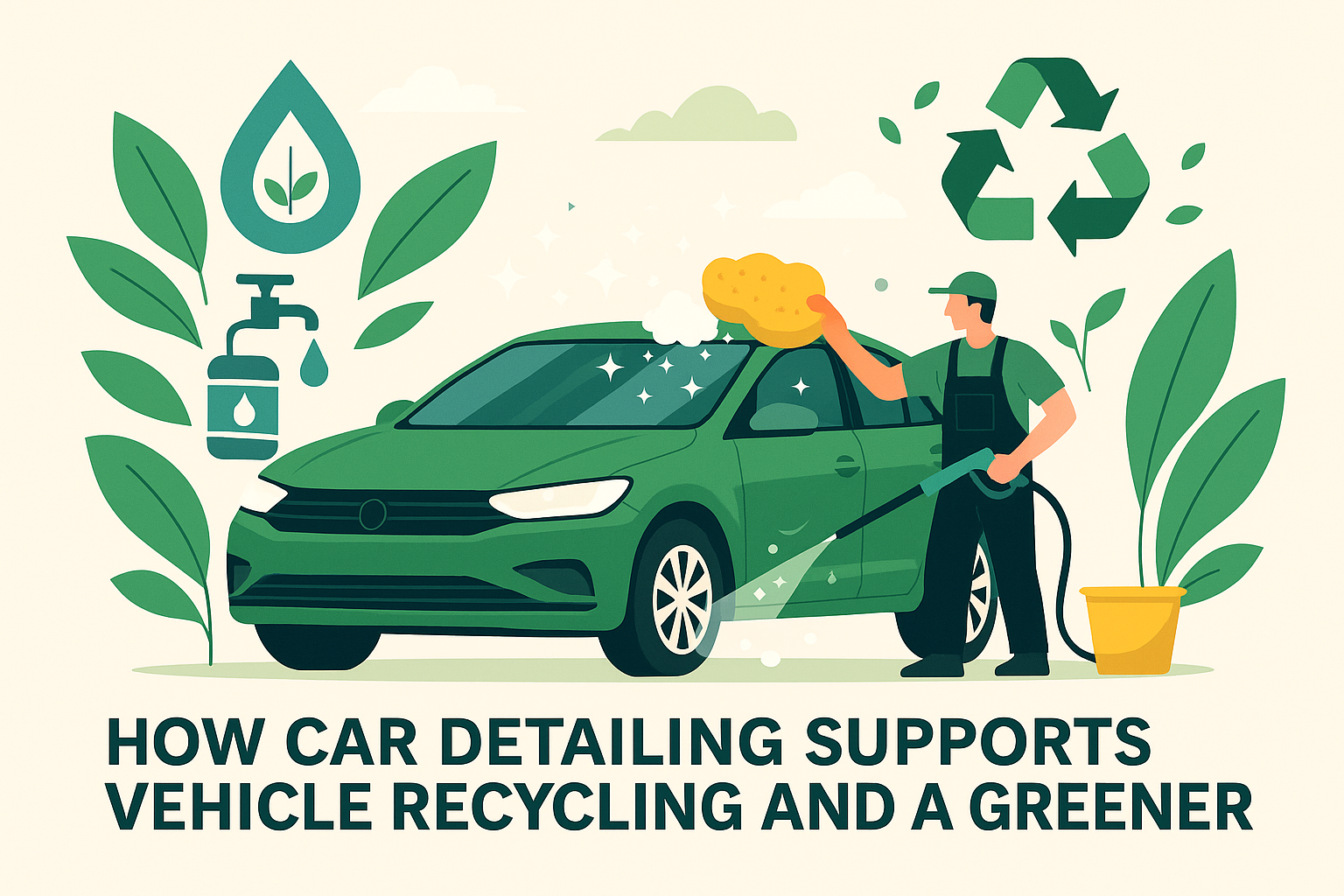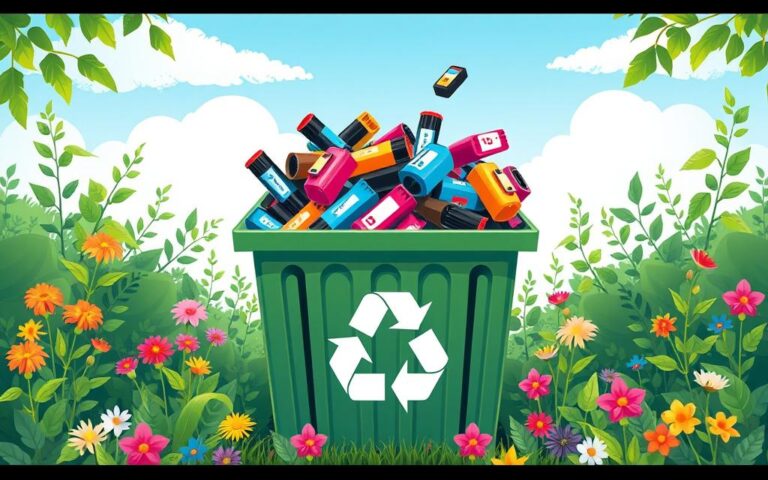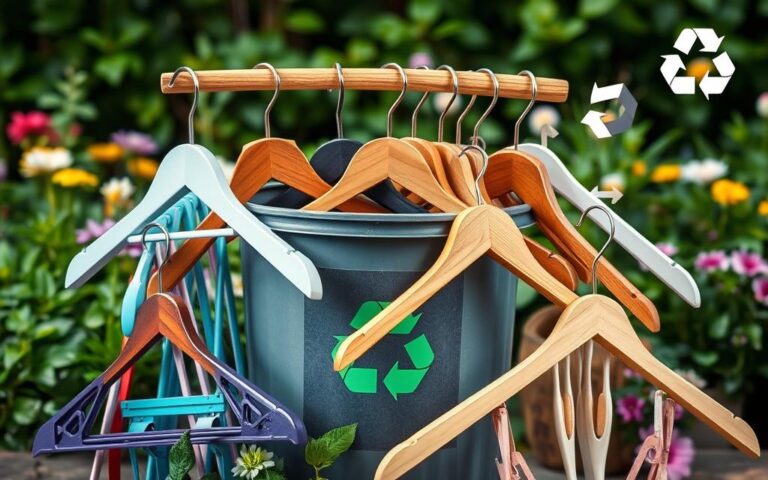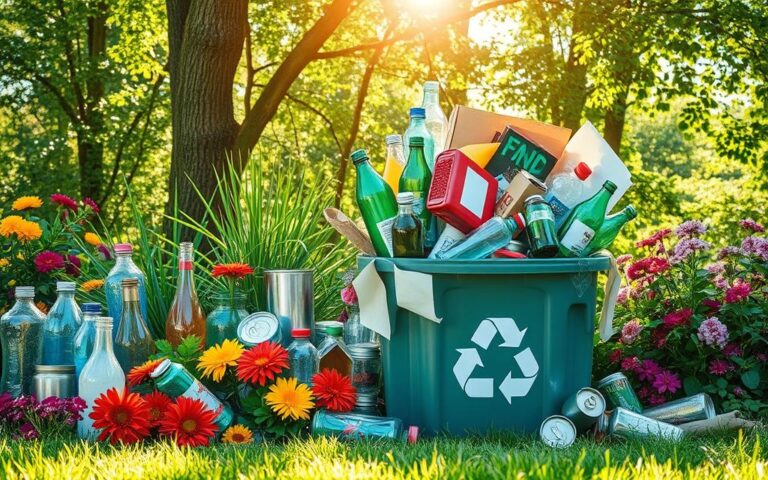How Car Detailing Supports Vehicle Recycling and a Greener Future
In an age where environmental responsibility is more important than ever, industries across the globe are embracing sustainable practices — and the automotive world is no exception. While vehicle recycling is often associated with dismantling old cars and repurposing their parts, there’s another essential contributor to sustainability that often goes unnoticed: car detailing.
Professional car detailing doesn’t just make a vehicle look new; it plays a critical role in extending a car’s life, supporting the recycling process, and promoting a greener future. Through maintenance, preservation, and eco-friendly practices, detailing bridges the gap between automotive care and sustainability.
The Link Between Car Detailing and Sustainability
Most people view detailing as a purely cosmetic service — waxing, polishing, vacuuming, and shining surfaces to restore a vehicle’s appearance. However, regular and professional car detailing goes beyond aesthetics. It contributes directly to the environmental sustainability of the entire automotive lifecycle.
By preventing unnecessary wear and tear, prolonging usability, and preserving the condition of reusable components, detailing ensures that vehicles stay roadworthy for longer, decreasing the need for early recycling or replacement.
Preserving Materials for Future Use
Car recycling involves salvaging valuable materials like steel, aluminum, plastic, and glass from end-of-life vehicles. However, when vehicles are neglected and poorly maintained, these components are often rusted, corroded, or contaminated — rendering them less viable for reuse.
Detailing plays a major role in protecting and maintaining these parts:
- Paint protection through waxing and sealants prevents oxidation and corrosion.
- Interior deep cleaning protects fabrics, leather, and plastics from premature deterioration.
- Engine bay cleaning removes grease, oil, and dirt, preserving mechanical integrity.
These steps don’t just enhance a vehicle’s appearance — they preserve the recyclable quality of materials, reducing the amount of waste that ends up in landfills and ensuring more components are suitable for reuse or repurposing.
Extending Vehicle Life and Delaying Disposal

Manufacturing a new car requires substantial raw materials, energy, and industrial emissions. In contrast, keeping a current vehicle in good condition and on the road longer significantly lowers environmental strain.
Car detailing supports this principle in multiple ways:
- Exterior detailing shields paint from UV radiation, salt, acid rain, and industrial fallout, all of which contribute to body damage.
- Underbody cleaning prevents corrosion from road salt and moisture.
- Interior detailing removes dust, allergens, and mold, keeping the cabin clean and comfortable.
These preventative efforts help to extend the lifespan of a vehicle. A well-maintained car can last longer without major part replacements, which reduces the demand for manufacturing and minimizes the environmental cost of producing new vehicles.
Enhancing the Value of Pre-Owned Vehicles
A clean, glossy, and fresh-looking car is far more likely to attract potential buyers than one that appears worn and neglected. This has a significant impact on vehicle resale markets and contributes to the circular economy.
Rather than sending cars to salvage yards or scrapyards prematurely, detailing allows owners to:
- Improve curb appeal and make vehicles more marketable
- Increase resale value
- Create opportunities for used vehicles to be resold, reused, or repurposed
When resale becomes a viable option, fewer cars are discarded early, which reduces waste and extends the overall life of the automotive product cycle.
Encouraging Eco-Friendly Detailing Practices
In recent years, the detailing industry itself has embraced eco-conscious innovations. Many modern car detailers are actively working to reduce their own environmental footprint by incorporating:
- Biodegradable or non-toxic cleaning agents
- Waterless or low-water wash techniques (saving hundreds of liters per service)
- Steam cleaning to reduce chemical usage
- Microfiber cloths and reusable tools to limit landfill waste
This shift toward green operations ensures that the act of detailing a vehicle does not contribute to environmental harm, but rather aligns with sustainability goals.
For example, waterless car washes use highly lubricated spray solutions to lift dirt off the paint without rinsing, saving over 100 liters of water per wash. Similarly, steam detailing sanitizes interiors without the need for harsh chemicals, benefiting both the environment and vehicle occupants.
Simplifying the Vehicle Recycling Process
When a vehicle finally reaches the end of its usable life, its condition significantly affects how easily it can be recycled. A well-detailed and maintained car:
- Has cleaner, intact components that are easier to identify and salvage
- Contains less contaminant buildup, such as grease, dirt, or mold
- Facilitates safer and faster disassembly for recycling workers
Clean interiors allow for better sorting of plastics, rubber, textiles, and electronics. Likewise, a rust-free exterior simplifies the recovery of metals like steel and aluminum.
In essence, detailing streamlines the automotive recycling process and increases the volume and quality of materials that can be recovered — a major win for environmental conservation.
Psychological Impact and Behavior Change
One of the overlooked aspects of car detailing is the psychological effect it has on owners. A clean, well-maintained car often leads to:
- Greater pride in ownership
- A stronger emotional connection with the vehicle
- A more responsible attitude toward maintenance and repair
This emotional connection can encourage drivers to invest in regular upkeep, keep their cars longer, and delay the need for new vehicle purchases — reinforcing the sustainable cycle.
Car Detailing as a Part of the Circular Economy
The circular economy focuses on maintaining products, materials, and resources in use for as long as possible. Car detailing fits naturally into this model by:
- Maintaining the quality and usability of assets
- Extending product lifecycle
- Reducing unnecessary production and disposal
By preventing premature aging of vehicles, detailing ensures that resources are preserved, and environmental impact is minimized throughout the product’s journey from creation to end-of-life recycling.
Detailing in Calgary: A Model of Green Automotive Care
For vehicle owners in Canada, professional detailing in Calgary has become a symbol of how auto care and sustainability can go hand in hand. Many local businesses now offer:
- Mobile detailing units to reduce emissions from customer travel
- Eco-friendly detailing packages
- Partnerships with recycling services to responsibly dispose of waste
These innovations show that car detailing isn’t just about cosmetics — it’s about responsible ownership and conscious environmental impact. For expert eco-friendly services that protect your car and the planet, explore professional detailing in Calgary.
FAQs About Car Detailing and Sustainability
1. How does car detailing help the environment?
Car detailing helps the environment by extending the life of vehicles, reducing the need for new manufacturing, and preserving parts that can be reused or recycled. Eco-friendly detailing methods also minimize water usage and reduce chemical runoff.
2. Can car detailing actually extend a vehicle’s lifespan?
Yes, regular detailing protects your vehicle from damage caused by UV rays, salt, pollution, and general wear. This preventative care keeps both the interior and exterior in better condition, helping the car last longer and delaying the need for replacements.
3. What materials in a car benefit most from detailing when it comes to recycling?
Detailing preserves metals (like steel and aluminum), plastics, rubber, glass, and interior fabrics. Keeping these materials clean and in good condition improves their potential for reuse or efficient recycling.
4. Are eco-friendly detailing products effective?
Absolutely. Many biodegradable and non-toxic detailing products are just as effective as traditional cleaners. Steam cleaning, waterless washes, and microfiber cloths also provide high-quality results without harming the environment.
5. How does detailing make vehicle recycling easier?
A clean, well-maintained vehicle is simpler to dismantle. Clean components are easier to identify, fluids are easier to extract, and recyclers can recover more usable materials from the car, improving recycling efficiency.
6. Does detailing help with the resale value of my car?
Yes, a professionally detailed car looks newer and more appealing, which can significantly boost its resale value. This encourages resale instead of disposal, contributing to the circular economy.
7. Where can I find eco-conscious car detailing services in Calgary?
Many professional detailers in Calgary now offer eco-friendly services, including biodegradable products, steam cleaning, and water-saving techniques. Search for businesses that highlight green practices on their website or customer reviews.
Conclusion: A Cleaner Future Starts with a Cleaner Car
While often overshadowed by mechanical servicing or recycling centers, car detailing is a key player in sustainable vehicle management. It supports:
- Vehicle longevity and reduced manufacturing demand
- Preservation of recyclable materials
- Higher resale value and reduced landfill waste
- Industry-wide shifts toward eco-conscious operations
If you’re committed to keeping your vehicle in excellent condition while reducing your environmental footprint, investing in professional auto care is a smart, green-forward decision.















